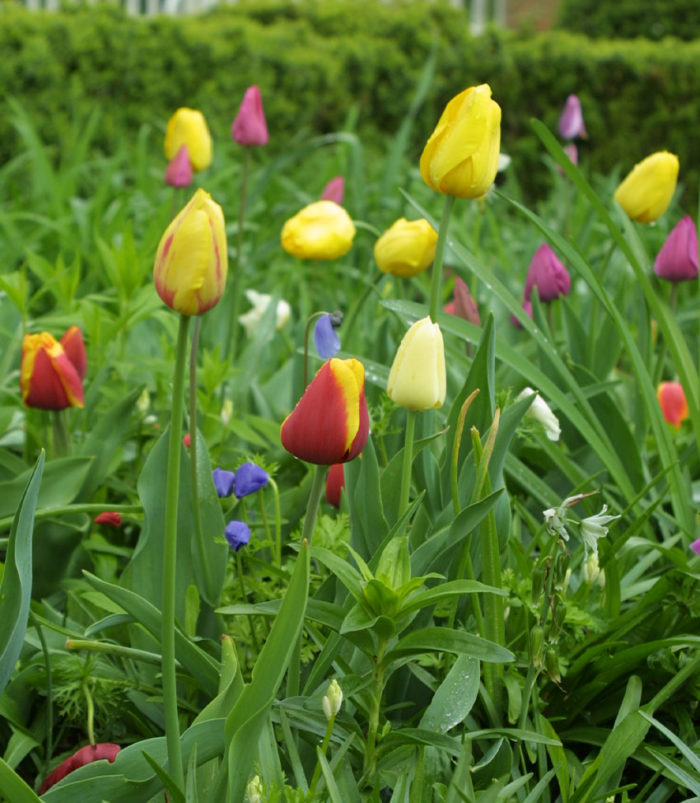
Even though misanthropes enjoy reminding us that snowstorms are possible even into May, there’s no holding back the growing season now. Spring bulbs trumpet new growth, migratory birds make their way back home, and we gardeners can’t help but respond to the start of the season.
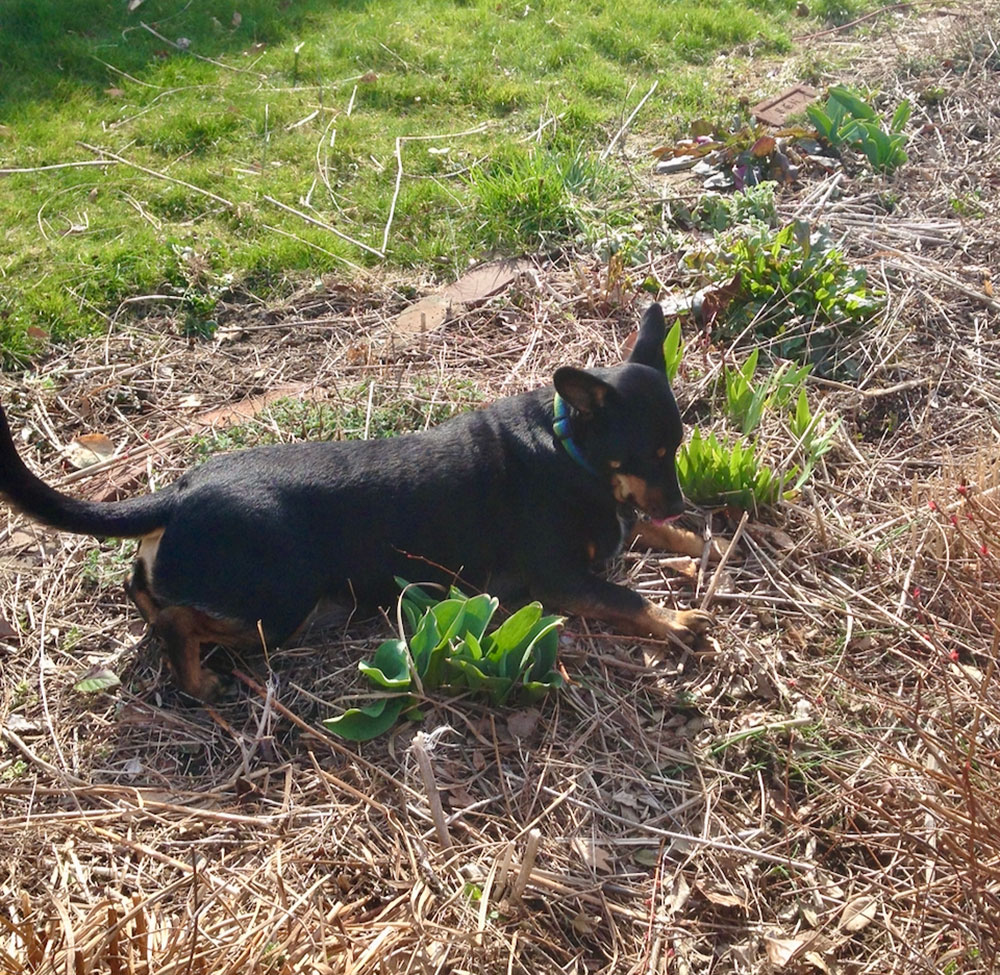
Cut back last season’s growth—when the time is right. Follow the season’s signs rather than the calendar. Watch for dandelions to bloom and daytime temperatures to reach into the 50s with some regularity. That’s when pollinators and other insects come out of hibernation to restock stores and prepare for the next generation, making it safe to cut back last year’s stems and seed heads. Cut them all the way to the ground, being careful not to slice through sprouting growth. Break the debris into small pieces to mulch in place around your plants, or simply add it to the compost pile.
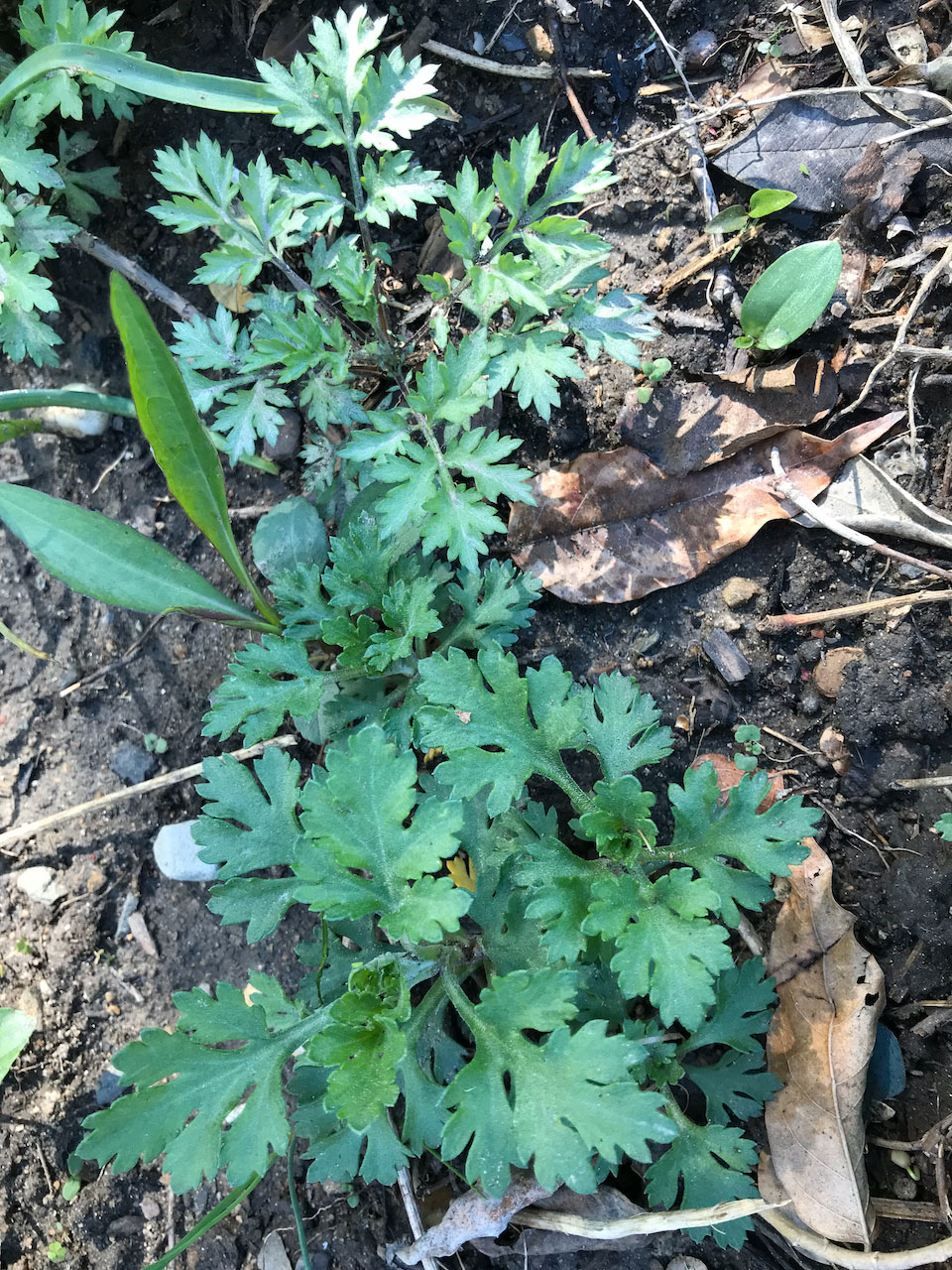
Try to get ahead of weeds, taking care to properly identify lookalikes at the sprout and seedling stage. Use the leverage of moist soil to evict weeds as well as other unwanted extras, roots and all. To get at hard-to-reach areas of your garden without compacting the soil, stand on a plank to distribute your weight more evenly.
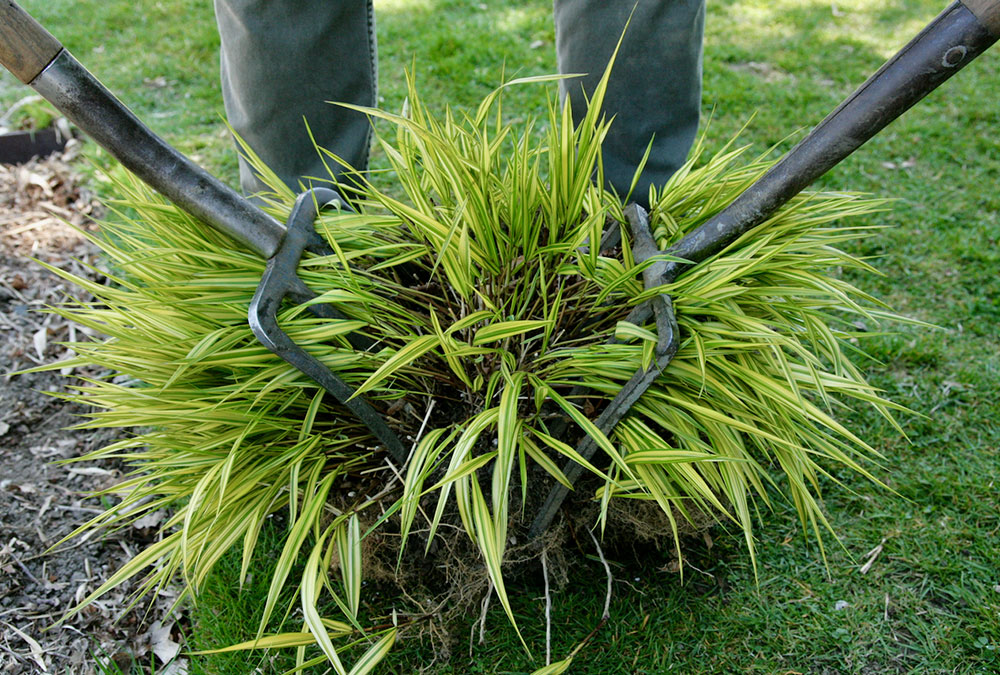
Begin dividing and transplanting perennials. Lever plants out of the soil with a spade, then use two digging forks back to back to pry apart clump-forming plants with dense root systems. Simply slice through spreaders that have shallow root systems. Add finished compost to planting holes and any leftover divots. If you have gaps in the garden, start shopping for perennials, shrubs, and trees. Just don’t forget to leave some vacancies for annuals and tender perennials. (Hold off on dividing May- or June-blooming perennials until the fall.)
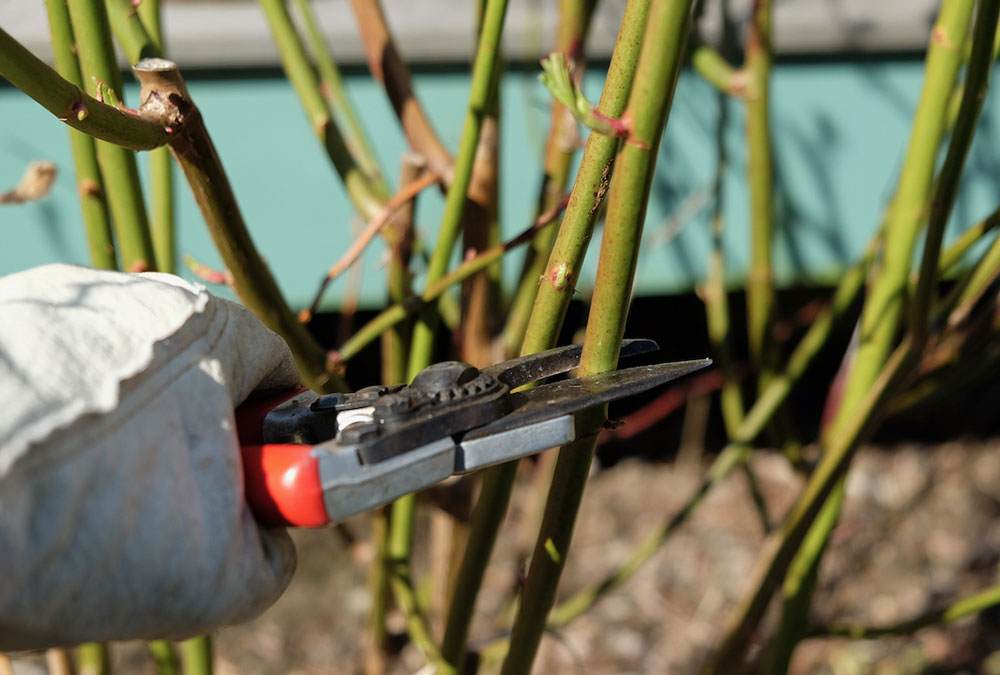
Prune roses. When forsythia (Forsythia spp. and cvs., Zones 4–9) blooms, it’s time to prune roses (Rosa spp. and cvs., Zones 3–9) in the Northeast. Shrub roses may be cut back hard, within a foot or so of the ground. Making angled cuts about ¼ inch above outward-facing buds prevents disease by allowing water to run off, and it promotes a V-shaped habit, which is ideal for air circulation and good looks. Roses are heavy feeders and benefit from periodic applications of a slow-release organic fertilizer, starting now.
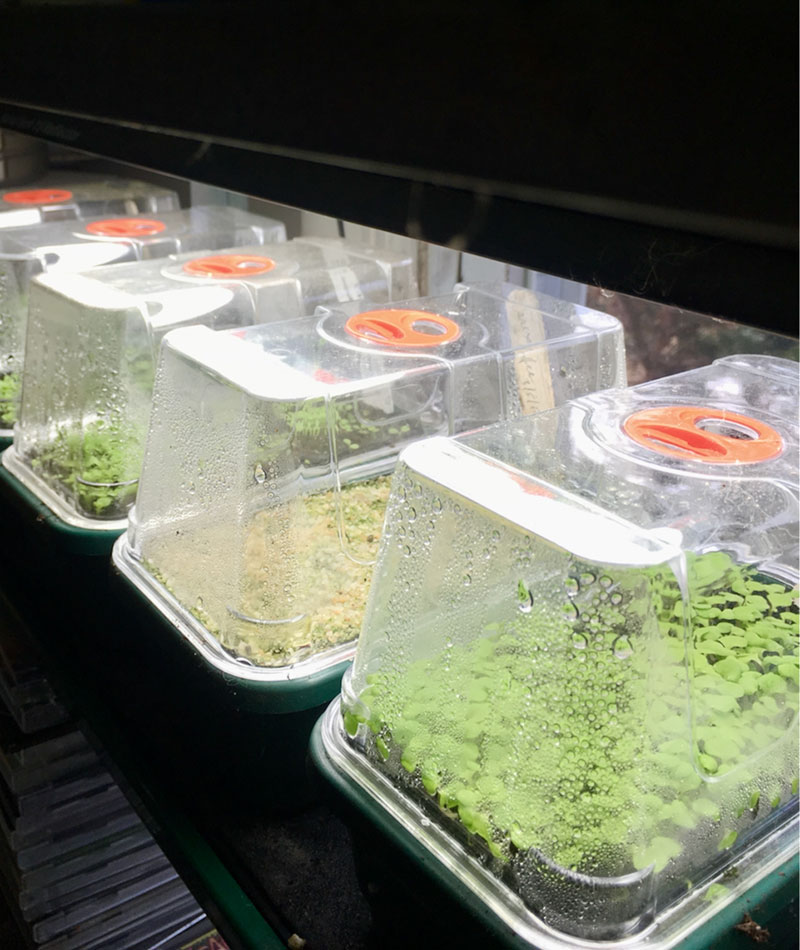
Start seeds indoors following packet instructions and counting back from your average last frost date. Most annual flower and vegetable seeds will germinate on a warm sunny windowsill or on a heating mat under grow lights. Keep an eye on soil moisture, watering regularly before the soil dries out. After true leaves emerge, begin feeding with a dilute (half strength according to package instructions) organic fertilizer every two to three weeks.
Once the season starts it’s hard to stop moving, but it’s just as important to take time to enjoy the show. And remember, this is a marathon, not a sprint. Pace yourself. There’s plenty of time to do it all.
—Kristin Green is author of Plantiful: Start Small, Grow Big With 150 Plants That Spread, Self-Sow, and Overwinter. She gardens in Bristol, Rhode Island.
Fine Gardening Recommended Products

Gardener's Log Book from NYBG
Fine Gardening receives a commission for items purchased through links on this site, including Amazon Associates and other affiliate advertising programs.

Pruning Simplified: A Step-by-Step Guide to 50 Popular Trees and Shrubs
Fine Gardening receives a commission for items purchased through links on this site, including Amazon Associates and other affiliate advertising programs.
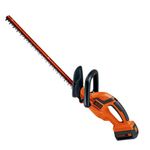
Black & Decker 40-Volt Cordless Hedge Trimmer
Fine Gardening receives a commission for items purchased through links on this site, including Amazon Associates and other affiliate advertising programs.



















Comments
Log in or create an account to post a comment.
Sign up Log in